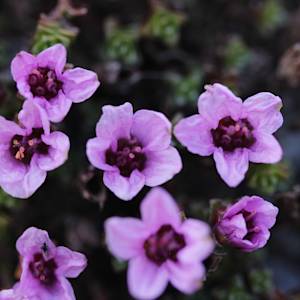Agave
2021 CE • Mexico
"Agaves are spiny desert plants native to Mexico that grow slowly, storing sap in their core for years until blooming a single, towering stalk of flowers before death. Typically, agaves are harvested right before they flower, the point when the plants have stored the most sap. It's the sugar-rich cores – called piñas for their resemblance to pineapples — that are harvested, cooked and pressed to release a rich syrup that is processed into nectar or fermented into alcohol . . . The Aztecs fermented agave sap into a milky alcoholic beverage called pulque . . . It's unclear whether distillation was practiced by ancient Mesoamericans or if it was introduced by Spanish colonists, but distilled agave spirits are now consumed worldwide . . . The booming market for agave products and the accompanying price roller coaster have serious environmental consequences. Mezcal makers have responded to the drink's meteoric rise by ramping up their collection of the wild agaves, alarming environmentalists who fear the slow-growing populations may not be able to recover . . . The practice of early harvesting has also become more common, and this presents another challenge by removing a critical food source from the desert: the agave's flowers."
Ryan Nebeker, "The sustainability challenges that threaten the agave industry," Salon, January 1, 2021.
Image: Agave plants, Mexico, Kat Grigg via Flickr, CC BY-ND 2.0 DEED Attribution-NoDerivs 2.0 Generic


Learn about Maya Lin’s fifth and final memorial: a multi-platform science based artwork that presents an ecological history of our world - past, present, and future.

Discover ecological histories and stories of former abundance, loss, and recovery on the map of memory.

Learn how we can reduce our emissions and protect and restore species and habitats – around the world.

See how art can help us rethink the problems we face, and give us hope that each one of us can make a difference.

Help make a global memorial something personal and close to home. Share your stories of the natural world.


